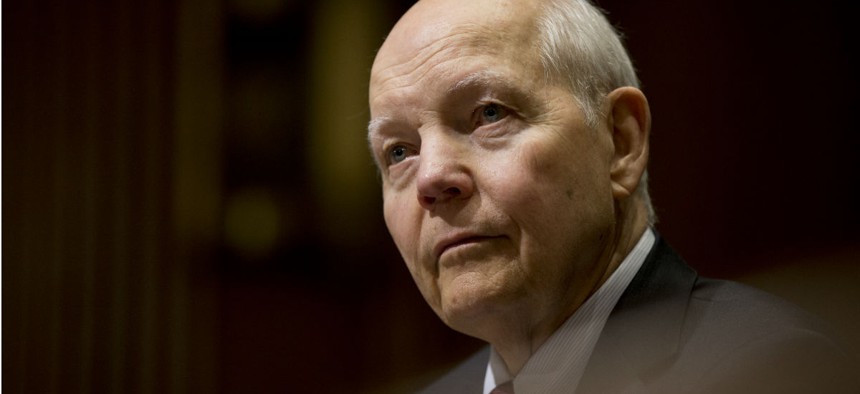Uncollected Taxes Now Total $458 Billion, IRS Estimates
New “tax gap” figure is based on 2008-2010 tax data, and reflects improved methods.
The annual “tax gap”—the estimated difference between what taxpayers owe the government and what the Internal Revenue Service actually collects from them—rose to $458 billion, the tax agency said on Thursday.
The latest in the agency’s periodic studies covers the tax years 2008-2010, and is a slight rise from the $450 billion estimated for 2006. It coincides with an estimated decrease in the compliance rate for taxpayers, which sunk to 81.7 percent from a previous rate of 83.1 percent.
“The small increase in the estimated size of the tax gap and small decrease in the voluntary compliance rate are largely attributable to improvements in the tax gap estimation methodology, and do not represent a significant change in underlying taxpayer behavior,” the agency said in a statement. “The changes also reflect the overall decline in the nation’s tax revenues due to the severe recession during the time period covered by this study, as well as changes in the mix of income sources that have different compliance rates.”
The agency’s new study “updates long-standing research findings that information reporting and withholding are strongly associated with higher levels of voluntary compliance,” the agency said, adding that it continues educational efforts and partnerships with tax preparers and businesses to keep the voluntary rate high.
Because the tax gap is almost the size of the entire federal budget deficit (currently projected at $534 billion by the Congressional Budget Office), it has long been central to debates in Congress about deficit reduction, the IRS’s falling budget and the agency’s effectiveness.
“The IRS takes years to estimate the tax gap, so the newest data considered is from tax years 2008-2010, before IRS’ budget took an approximately $1 billion hit (annually) and before staffing dropped by some 16,000 or so,” said Robert Kerr, senior director for government relations at the National Association of Enrolled Agents, “Let’s not conclude that a flat tax gap indicates tax compliance hasn’t taken a hit because of reduced IRS resources. We won’t know that for years.”
He noted that Internal Revenue Commissioner John Koskinen has said it is practically impossible to eliminate the tax gap altogether. “We wouldn’t want to live in a country that had 100 percent compliance. The apparatus to get there would be far too oppressive.”




